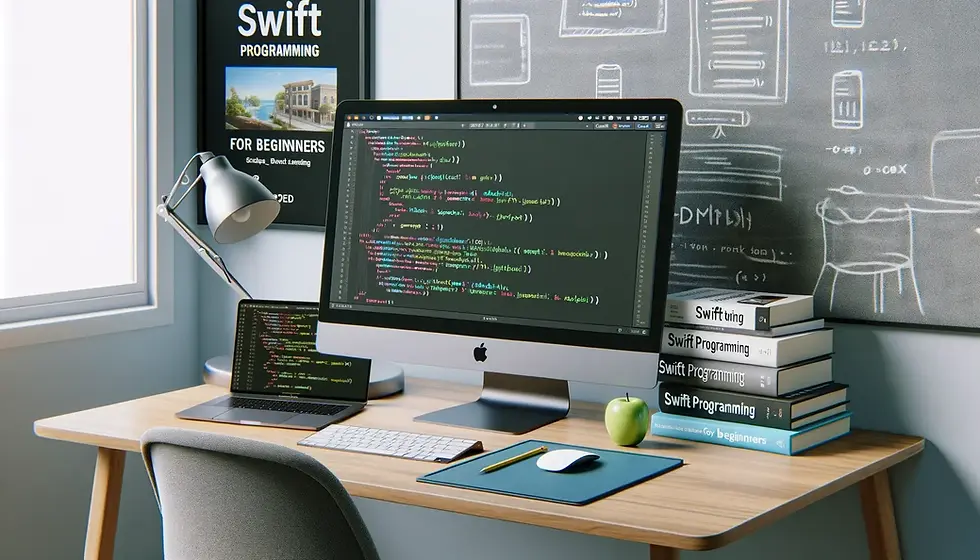Best Practices for iOS App Accessibility

Accessibility in iOS apps involves creating avenues so anyone can engage with and benefit from your app, irrespective of physical constraints. As mobile phone adoption accelerates, the demand for accessible apps becomes more urgent. This article examines key methods to enhance accessibility in iOS applications, focusing on design, development, and user feedback. Stressing accessibility guarantees your app can reach a broader audience and deliver a fair user experience.
Understanding Accessibility in iOS Apps
Accessibility requires ensuring apps can be used by individuals who have impairments such as hearing or vision challenges.
iOS presents strong accessibility components for developers to leverage.
Such tools help users explore, interpret, and engage with an application.
For developers, learning about and applying these elements is vital.
By employing these capabilities, creators can ensure their products are inclusive.
Accessibility in iOS apps entails making your application functional for those with various disabilities, including visual challenges, hearing difficulties, and motor skill limitations. Apple’s platform offers a comprehensive suite of accessibility tools that programmers can utilize to boost their applications. These functions aim to guide users in exploring, comprehending, and interacting with the interface more efficiently. Developers must grasp how these resources operate and how to integrate them effectively. Through these efforts, developers can build inclusive apps that serve a wide array of users.
Designing Accessible Interfaces
Crafting an accessible interface demands careful attention to the user journey.
Layouts must be straightforward, offering sizeable controls, legible typography, and explicit labeling.
Arrange displays consistently, positioning interactive components in a uniform manner.
Predictable structure allows assistive tech users to navigate the application more effectively.
Such design decisions elevate both usability and inclusivity.
Creating accessible interfaces calls for a deliberate focus on how users engage with your product. All individuals, including those facing disabilities, should find interfaces intuitive and simple to move through. That entails incorporating bigger buttons, text sizes that are easy to interpret, and concise, transparent labels. Designs ought to be systematic and consistent, ensuring interactive objects appear in regular positions across various views. This consistency aids those who depend on assistive software by improving their comprehension and interaction, ultimately enhancing the user experience as a whole.
Providing Alternative Content
Supplementary content is critical for individuals who rely on assistive tools.
Programmers need to offer text-based descriptions for visuals, captions for video clips, and written transcripts for sound files.
Such options make sure every piece of material can be accessed, no matter how a user navigates.
They facilitate understanding and enjoyment among people with varied impairments.
Delivering thorough alternative resources forms a cornerstone of accessible software.
Supplementary resources are essential for those relying on assistive systems to work with iOS programs. Engineers must supply textual annotations for graphics (commonly called alt text), on-screen captions for video, and transcriptions for audio segments. Such provisions enable individuals facing diverse impairments to fully grasp and appreciate an app’s offerings. This practice not only enhances clarity but also ensures every element is within reach, no matter how users engage. Consequently, alternative resources stand as a core tenet of inclusive app design that must not be disregarded.
Ensuring Color and Contrast Accessibility
Hue and contrast play a major role in how details are observed in applications.
Elevated contrast levels between text and backdrop help those experiencing visual limitations.
Refrain from relying solely on color to deliver cues; incorporate labels or pictograms as well.
Appropriate contrast and color usage boosts ease-of-use for individuals facing sight challenges.
Such modifications make programs more welcoming and simpler to navigate.
Shade and contrast are vital for shaping how data is interpreted within an app. Maintaining strong contrast between text and its backdrop enables visually impaired users to read more comfortably. Programmers must not depend solely on color to transmit meaning, and should attach supplementary markers like text labels or icons. Thoughtful color and contrast application can greatly enhance operability for individuals with color blindness or different visual limitations. In the end, such visual fine-tuning broadens accessibility and eases usage for all users.
Implementing VoiceOver Support
VoiceOver serves as a screen reader tool, assisting visually impaired individuals in using iOS gadgets.
Ensuring VoiceOver compatibility requires all interface components to be labeled suitably and navigable.
VoiceOver’s audio prompts enable users to grasp what appears on-screen.
Any custom interface controls must mesh flawlessly with VoiceOver.
Adequate deployment is paramount for ensuring apps can be utilized by those with visual challenges.
VoiceOver, a screen reader capability, gives visually impaired users a means to operate iOS devices. To incorporate VoiceOver into an app, you must label every element properly and enable navigation through basic gestures. Individuals who use VoiceOver depend on audio signals to interpret visible content, making universal accessibility of every component crucial. Furthermore, software creators must verify that bespoke interface parts synchronize smoothly with VoiceOver. Successfully embedding this function is essential for guaranteeing usability among individuals with marked visual disabilities.
Testing and Evaluation
Verification and assessment are crucial for constructing accessible programs.
Employ automated solutions and direct examinations with actual disabled users.
Live user input uncovers problem areas and suggests improvements.
Continue meeting elevated accessibility norms by consistent revisions and checks.
Persistent verification and review strengthen and preserve an app’s accessibility.
Examination and validation are integral steps in crafting inclusive applications. Such endeavors must encompass automated checks using specialized software for disability simulation, alongside hands-on trials with genuine disabled participants. Involving real individuals during trials yields invaluable perspectives on an app’s accessibility and pinpoints gaps that automated methods might miss. Frequent releases and test rounds assist in preserving superior accessibility benchmarks while an app’s capabilities expand. In conclusion, continuous assessment and examination remain indispensable for sustaining and elevating an app’s inclusivity.
User Feedback and Iteration
Comments from users, particularly those facing disabilities, carry immense value.
Such input delivers immediate clarity on how the software works in actual settings.
Foster user-friendly feedback avenues and proactively weave suggestions into revisions.
Repeated refinements founded on user input steadily improve accessibility.
Sustaining an open line for user commentary is vital for a cyclical design approach.
Input from actual users, notably individuals with disabilities, is priceless in an app’s iterative design cycle. Such feedback yields an unfiltered view of real-life performance, guiding subsequent refinements. Promoting inclusive feedback methods helps development teams grasp the requirements and experiences of disabled individuals. Repeatedly upgrading the application according to user insights perpetually increases its level of accessibility. Hence, preserving straightforward methods for user input and actively embracing that input in updates is essential.
Educating Developers and Designers
Training in accessibility standards and recommended methods is indispensable.
Instruction must address varying disabilities and strategies for accessibility.
Embed inclusive design policies in the creation workflow from the outset.
Frequent briefings on emerging tools and tactics keep staff knowledgeable.
Learning equips creators and designers to place accessibility at the forefront.
Instructing both developers and designers on accessibility rules and optimal procedures is fundamental to promoting inclusive software creation. These lessons must encompass diverse impairments and the numerous tactics for tailoring apps to those needs. Developers should incorporate awareness and knowledge of inclusive concepts right from the beginning of the build cycle. Moreover, periodic briefings on fresh solutions and methods can keep the development crew at the forefront of accessibility initiatives. This education empowers teams and guarantees that inclusivity remains a focus through every phase of the software lifecycle.
Addressing Common Accessibility Challenges
Programmers frequently encounter hurdles such as operating system alignment and complicated content accessibility.
Resolving these problems calls for creative thinking and steady refinement.
Keep pace with iOS advancements and modify accessibility options as needed.
Inventiveness and a thorough grasp of technology and user demands are essential.
Conquering such obstacles is vital for building software that everyone can use.
Programmers commonly grapple with maintaining compatibility across diverse OS releases and hardware, as well as tackling intricate materials that pose accessibility issues. Such obstacles mandate novel approaches and a pledge to ongoing refinement. For instance, engineers need to remain aware of new iOS revisions and adjust accessibility elements in response. Finding resolutions frequently calls for originality and a comprehensive grasp of both technical aspects and disabled user requirements. Overcoming these difficulties is crucial for creating apps that cater to all users.
Future Trends in iOS Accessibility
Progress in technology promises further imaginative approaches to accessibility.
AI and machine learning may tailor software experiences at an individual level.
Continual iOS growth is bound to deliver augmented accessibility tools.
Such breakthroughs will foster more tailored and inclusive apps.
iOS accessibility appears set for notable expansion and fresh ideas.
Looking ahead, iOS accessibility appears bright as continuous tech progress leads to increasingly inventive solutions. Developments like AI and machine learning are anticipated to have a major impact on improving application inclusivity. Such tools might unlock novel approaches for customizing user experiences to suit personal requirements. As iOS keeps advancing, its accessibility functions will grow as well, likely rendering technology more universal than ever.
This is your Feature section paragraph. Use this space to present specific credentials, benefits or special features you offer.Velo Code Solution This is your Feature section specific credentials, benefits or special features you offer. Velo Code Solution This is
More Ios app Features
Developing for Apple Watch: A Step-by-Step Guide
This guide covers everything you need to know to start building apps for Apple Watch. Learn how to set up WatchKit, build interfaces, and connect with iPhone apps. Ideal for iOS developers looking to expand their skills to wearable technology.
Jenkins Xcode Integration
Set up Jenkins with Xcode to automate your iOS workflow. This guide covers configuring jobs, managing certificates, testing, and distributing your app—all while maintaining efficiency and build consistency.
Understanding Swift: Basics for Beginners
Gain a foundational understanding of Swift with this beginner-friendly guide. Explore the basics of Swift programming language, including variables, data types, control flow, and functions. Whether you're new to programming or transitioning from another language, this article will help you grasp the essentials of Swift development



